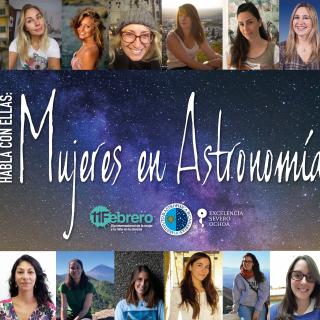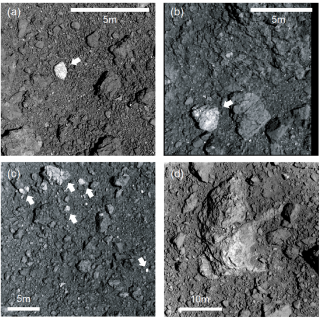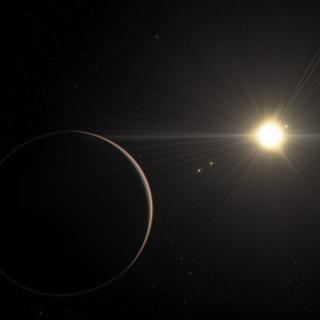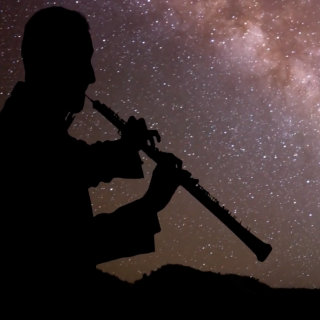
Women astronomers and engineers from the Instituto de Astrofísica de Canarias (IAC), from the Canary Observatories, and from other collaborating institutions show their work and answer students’ questions in videoconferences with educational centres throughout Spain . Physics and Engineering are fields which are still see by society as “male professions”, and in which women continue to be under-represented. The challenge of awaking interest in these subjects among students, and especially among girls, means facing up to the idea that they are perceived as difficult and with few attractive
Advertised on




 and CO(7-6) ALMA maps of the narrow (broad) emission HST imaging and narrow and broad components ALMA maps of ID2299. The top-left panel shows the HST-F814W imaging of the source, sampling the UV rest-frame emission from young stars. The top (bottom) rows show the CO(2-1), CO(5-4), [CI](2-1) and CO(7-6) ALMA maps of the narrow (broad) emission](/sites/default/files/styles/crop_square_2_2_to_320px/public/images/news/nature_210111.png?h=3df1cc9d&itok=uyk1HUVd)